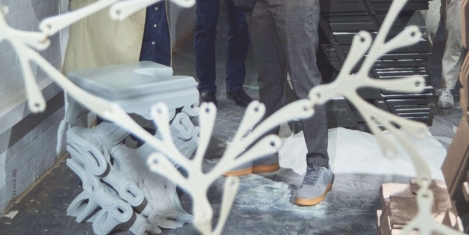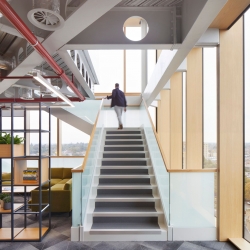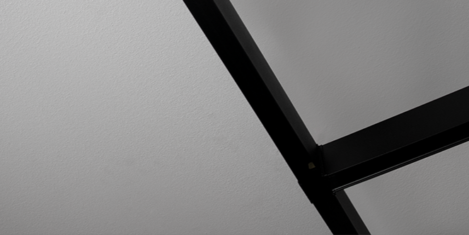August 4, 2023
Insight confirms partnership with Material Matters for sustainable design event
 We are part of the London Design Festival for the first time this year, developing an exciting new project that promises to mark a significant shift in the way we think about workplaces and sustainable design. We have partnered with Material Matters to create a space that will showcase the latest and most innovative thinking on sustainable office design, circularity, new materials and innovation. Known as The Works Place, products and ideas will be presented in a range of working settings so that visitors can see how they might be applied in their own offices and other spaces. (more…)
We are part of the London Design Festival for the first time this year, developing an exciting new project that promises to mark a significant shift in the way we think about workplaces and sustainable design. We have partnered with Material Matters to create a space that will showcase the latest and most innovative thinking on sustainable office design, circularity, new materials and innovation. Known as The Works Place, products and ideas will be presented in a range of working settings so that visitors can see how they might be applied in their own offices and other spaces. (more…)









 Quoting George Orwell is the kind of thing that people who haven’t read Orwell do. The term Orwellian is used by people who have not only not read him, but have latched on to some laundered idea of the themes of his work. They are not only misrepresenting him, but misrepresenting a misrepresentation. If it were true that the dead could spin in their graves, Orwell would solve the world’s energy crisis. He could power the Northern Hemisphere by reacting to the liberties taken with Nineteen Eighty-Four alone. Anyway. I have read him so you and he will have to forgive me for what I’m about to say.
Quoting George Orwell is the kind of thing that people who haven’t read Orwell do. The term Orwellian is used by people who have not only not read him, but have latched on to some laundered idea of the themes of his work. They are not only misrepresenting him, but misrepresenting a misrepresentation. If it were true that the dead could spin in their graves, Orwell would solve the world’s energy crisis. He could power the Northern Hemisphere by reacting to the liberties taken with Nineteen Eighty-Four alone. Anyway. I have read him so you and he will have to forgive me for what I’m about to say. 
























August 7, 2023
Rummaging through the workplace memory hole
by Mark Eltringham • Comment, Flexible working, Property, Technology, Wellbeing, Workplace design